Successful Launch of the CISPA European Cybersecurity & AI Hackathon Championship in Paris
Successful Launch of the CISPA European Cybersecurity & AI Hackathon Championship in Paris
Winter has arrived in Paris. Around midnight, snow begins to fall; outside, in the high-rise district of La Défense, it is gathering on the squares. A couple takes a romantic selfie beneath the Christmas lights, while two men start a spontaneous snowball fight. Inside the CISPA hackathon venue, however, almost all of this goes unnoticed. Things grow quieter on the 19th and 20th floors of the iconic Grande Arche. Some teams test out the beanbags and air mattresses, and empty pizza boxes decorate the desks—yet the leaderboard that ranks the teams by score is still showing constant activity. New shifts keep appearing in the ranking—tension remains high.
Twelve hours earlier: Everything begins with an email that arrives simultaneously in every participant’s inbox. Inside is an “API key”—an access token that unlocks the AI models and datasets needed for the hackathon. The tension in the room is palpable: Three tasks await the participants, all centered on secure and trustworthy artificial intelligence. And from that moment on, the clock is ticking. The 47 participants, organized into 16 teams, now have exactly 24 hours to tackle the challenges as effectively as possible. Everyone is here to earn a ticket to the finals in St. Ingbert—but only the top three teams will make it. The pressure is on.
Diving into one challenge with full focus
What makes a hackathon like this special? According to CISPA-Faculty Dr. Franziska Boenisch: mostly a lot of fun—and plenty of pizza. Alongside her CISPA-Faculty colleague Dr. Adam Dziedzic and their team, she is one of the initiators of the competition. For her, the full focus on the topic at hand is key: “Here, teams can focus entirely on their task for 24 hours without distractions and put all their energy into solving the challenge we set for them,” says Boenisch. Participants appreciate this, too: “With the three challenges, we can really dive deep and gain a much better understanding of the problem,” says Naomi Maronic of the team “Zero Day Divas.”
The challenges truly deserve to be understood in depth—because they could hardly be more relevant. All of them target areas of AI that have already become firmly embedded in our daily lives.
The first task, for example, revolves around image classification models designed to reliably identify what is shown in an image. A simple example: What animal appears in a snapshot taken at the zoo? Yet these models can be deceived through so-called “perturbation,” meaning targeted noise. This noise subtly alters an image in ways barely noticeable to the human eye—but it causes the model to misclassify it, perhaps labeling a photo of a monkey as a panda.
That is exactly what participants are trying to do here: manipulate images with invisible noise so that the predetermined model no longer recognizes them correctly. It’s far from a trivial exercise. In critical fields like medicine, similar models are used to detect diseases—and misclassification in those settings can cause serious harm.
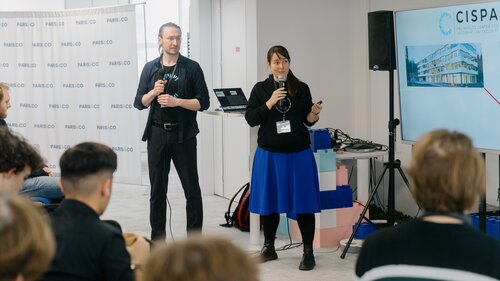

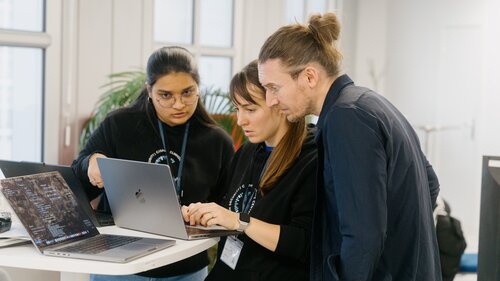
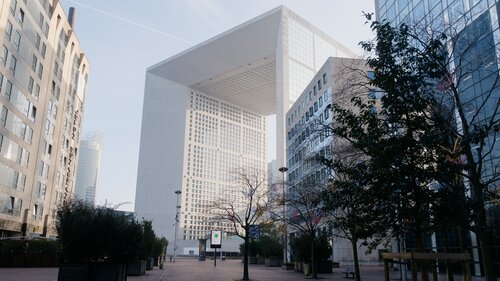
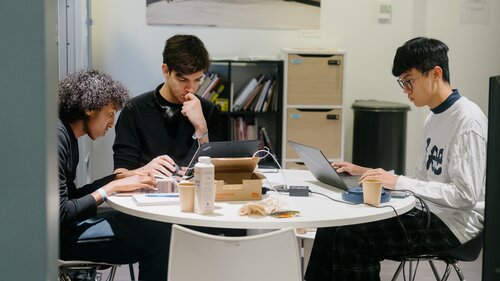



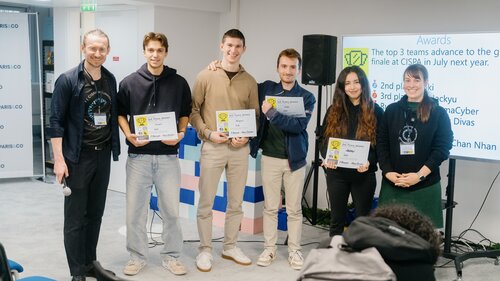
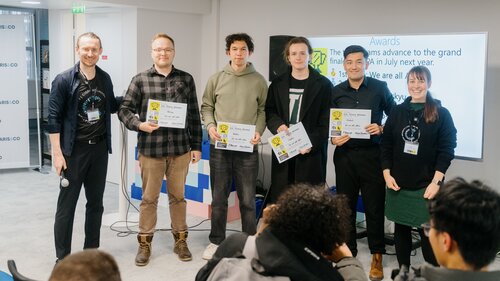
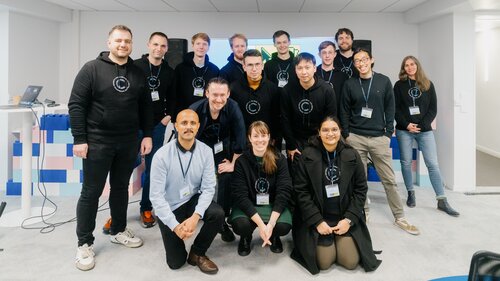
Many participants share the view that trustworthy AI is becoming increasingly essential. Mahdi Ayadi, a student at CentraleSupélec in Paris, emphasizes this on behalf of his team “Automacyber”: “We’re especially interested in the security and reliability of AI. There’s a lot of hype around this technology, but that hype hides real dangers. Simply developing more AI without making it safe and reliable is not a good idea for anyone.”
Timely challenges: Tracing the origins of AI-generated images
These risks are also reflected in the second task. Here, participants must assign AI-generated images to the specific model that produced them. Each model leaves characteristic traces in the content it generates. Detecting and attributing these traces is challenging—but given today’s flood of AI-generated content, it is a task of considerable societal importance.
It is a challenge the 16 teams gladly take on, each in their own way: some pore over scientific papers, others fill page after page with formulas and sketches. And of course, many also use widely available LLMs such as ChatGPT or Gemini. The progress tracking works like this: Teams train models for each challenge and submit them to a server provided by the CISPA team. The server calculates a score indicating how well the model solves the task; the score is displayed live on the digital leaderboard. This allows teams to see their ranking at any time—and provides ongoing motivation. At the end, the submitted models are evaluated again by Dziedzic, Boenisch, and their team using larger datasets to determine the final winner. Suspense is guaranteed—right up to the end.
Happy hackers: At the end of the 24-hour marathon
By the time morning breaks in Paris, the snow has already melted again. The fatigue is clearly visible on the faces of the 16 teams. Many have worked all through the night, interrupted only by short breaks—usually to fetch more pizza. And when, exactly 24 hours after the start of the hackathon, the system stops accepting further submissions, many participants feel a wave of relief.
In the end, the top three teams are: “We are all Alex” in first place, “Loki” in second, and “A5 Hackyu” in third. They all advance to next year’s finals in St. Ingbert, where they will have the chance to compete for the title.
Aleksey Morshnev, a member of the winning team, is convinced that what he learns here will benefit his ongoing research as a master’s student: “Every task, every paper, and everything I implemented here has expanded my knowledge—and I will use it in every future project,” he says. And what ultimately secured his team the win? Above all, teamwork: “I think we won because we always supported and helped each other.” The fun—and all that pizza—surely helped as well.
The next regional qualifying round will take place on December 13 and 14, 2024, in Vienna.
About the Hackathon Championship
The CISPA European Cybersecurity & AI Hackathon Championship is a Europe-wide competition running from November 2025 to June 2026, organized by the CISPA Helmholtz Center for Information Security. Across regional rounds in major European university cities, Bachelor’s and Master’s students will form teams of up to four to tackle AI-and cybersecurity-focused challenges over 24 hours. Winners from each region will advance to the Grand Finale in St. Ingbert, Germany competing for cash prizes, trophies, and certificates. By bringing together young talent from across the continent, this Championship aims not only to foster innovation and skills in trustworthy AI and cybersecurity but also to build a pan-European community invested in securing our digital future.